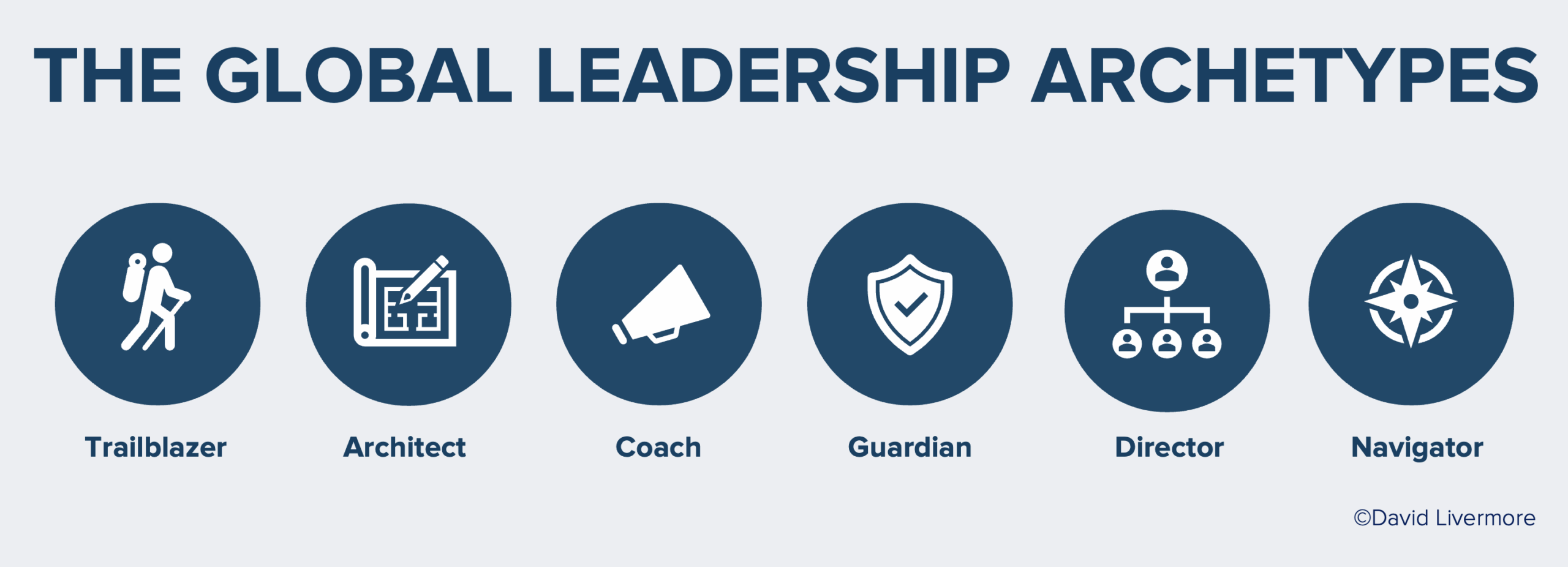
Never sit next to me at a leadership event. I’m the annoying guy mumbling, “Well that’s not actually true.” Or “Maybe. But only if everyone you lead looks like you…”
So much advice to leaders and entrepreneurs is ill suited to leading in a digital, diverse world. It often includes kernels of truth; but if we’re committed to being an effective global leader, we need to rethink a lot of what passes as essential leadership advice, starting with these:
1. Admit your mistakes openly to build trust.
I understand this point because it’s my own preference. I trust you more if you’re aware of your mistakes and own them. But most people in the world aren’t like me. If you’re leading people from a face saving culture, it can be extremely disorienting to hear your leader openly admit a mistake. Why are you going on about this? What’s your motive for talking about this publicly? Leaders are given a position of authority and honor; hearing them grovel about what they did wrong may actually erode trust. Implicitly, everyone knows when something has gone wrong. Many team members prefer that their leader makes up for it indirectly without drawing more attention to it. Owning mistakes is essential for all leaders. But how you talk about your mistakes with those you lead depends on the context.
2. Get to the point.
Do a quick review of many top leadership articles in Forbes, Harvard Business Review, and Inc. and you find a recurring emphasis on telling leaders to prioritize the big picture and long-term results. “The people you lead don’t want to hear you drone on about the details. Get to the point.” Well—maybe. But even if you don’t lead people internationally, you almost certainly have individuals on your team who want you to wade into some details both to fill in the blanks and to assure them you’ve thought this through carefully. While some individuals prefer that you get to the bottom line quickly, others (e.g. many Europeans, engineers, and academics) want to hear how you arrived at your conclusion before too quickly “getting to the point”.
3. Ask people what they want.
When I talk with leaders about being mindful of the diverse preferences and values among those they lead, someone inevitably says, “I just ask people what they prefer.” I appreciate the intent and it’s a good starting point. But there are many loopholes to this approach. First, many status-conscious individuals will tell you what they think you want to hear rather than what they actually prefer. And the more hierarchical the culture, the more people will be confused why you’re even asking them this question. You’re the boss! Second, this approach assumes those we lead know what they want. Just as Steve Jobs knew that market research would not lead to the innovative iPhone he was after, so also, our teams may not always have the language or self-awareness to articulate what they prefer, need, or want.
4. Here’s what Women want (or Millennials, Ukrainians, Black professionals etc.)
This is a tricky one. Given that the workplace was designed by and for men, I support the importance of considering the overarching realities that are unique to women (or any demographic group). But can we really reduce the desires of half the planet to ten points about how to lead women effectively? One of the things that emerged in our research on cultural intelligence is the value of “sophisticated stereotypes”—research-based tendencies that serve as an unspoken starting point for what someone may want based on one dimension of their identity. But we have to hold these norms loosely and use direct interaction with individuals to determine what they want. Go ahead and educate yourself about the figured worlds represented on your team; but then apply that information dynamically based on the people you lead in the real world.
5. Never state your price first.
This is a classic rule of negotiation that I come across almost weekly. It shows up in articles for sales leaders, Twitter threads for entrepreneurs, and presentations about salary negotiations. Several years ago, I was leading one of our CQ Certification sessions and someone asked the consultants in the room how they approach pricing their services. A couple North Americans said that they start with a consultative sales conversation, followed by asking the potential client what their budget is and only after that, providing a quote. A Malaysian woman in the group said, “Wow! That would never work for me in Asia. The first thing they ask me is, ‘What’s the price?’ and if I did all this dancing around about their needs and budget, they would dismiss me immediately.” Many expect that business relationships in more collectivist cultures will be more indirect about money and prefer to ease into it with small talk; in my experience, many of these business contexts are much more to the point about cost than what I experience in the West.
My point is less about ignoring the dominant leadership advice and more about reframing it through the lens of cultural intelligence. You may still decide to still apply some of these, regardless of the context, because they may fit your values as a leader. For example, I can’t lead authentically without acknowledging my mistakes and inadequacies. But I change how, when, and where I discuss my mistakes based on the context.
Leading in today’s digital, diverse world requires the cultural intelligence to think strategically and consciously about the individuals and contexts involved and the adaptations needed. When we lead with cultural intelligence, we’re much more likely to lead everyone inclusively and effectively.



